‘THE BACKSEAT WINDOW’
Resepsjonsgalleri, Oslo, Norway4—7 Sep 2020
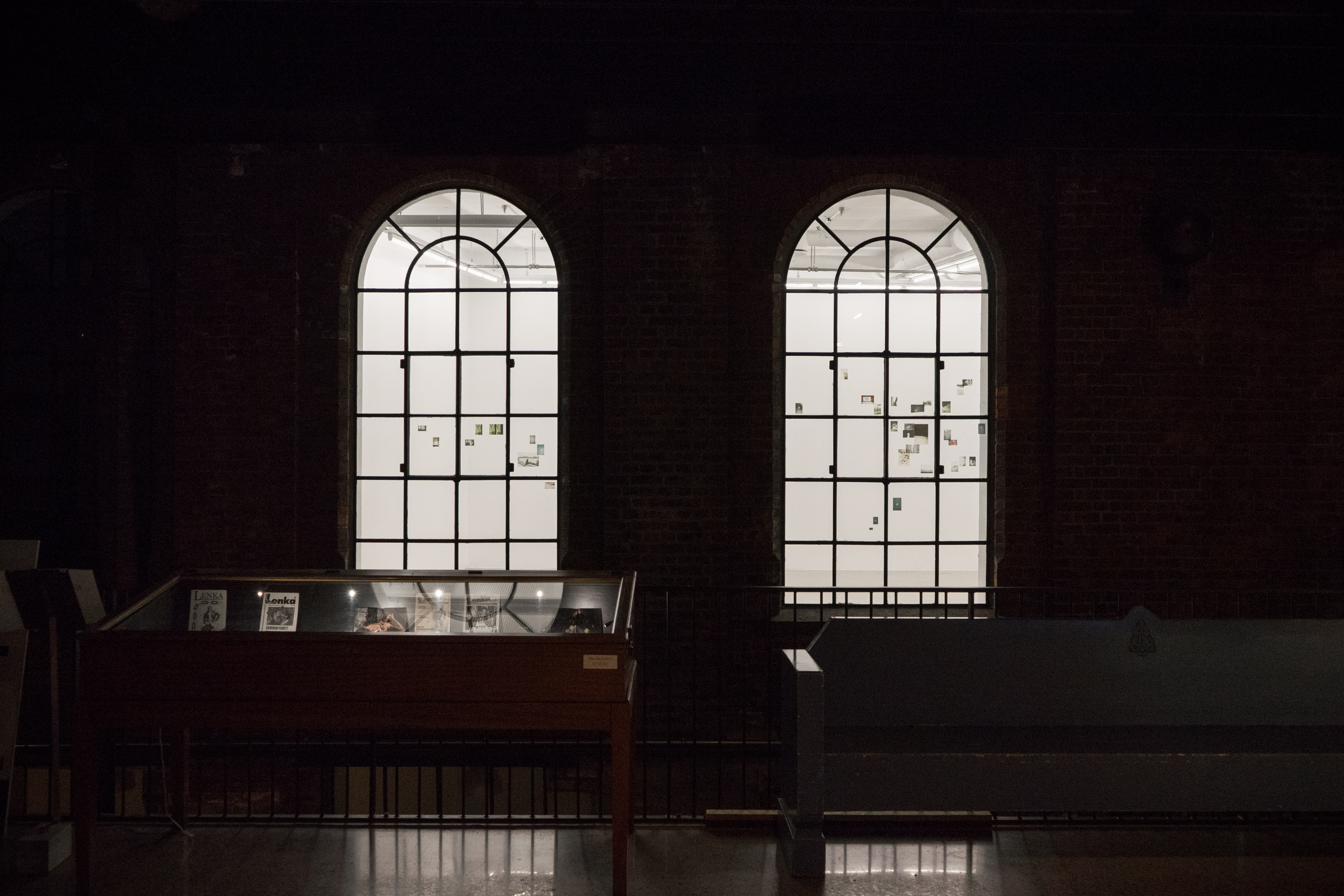
‘Fragments Know’ (2014-2020); photographic transparency, gelatin; dimension variable
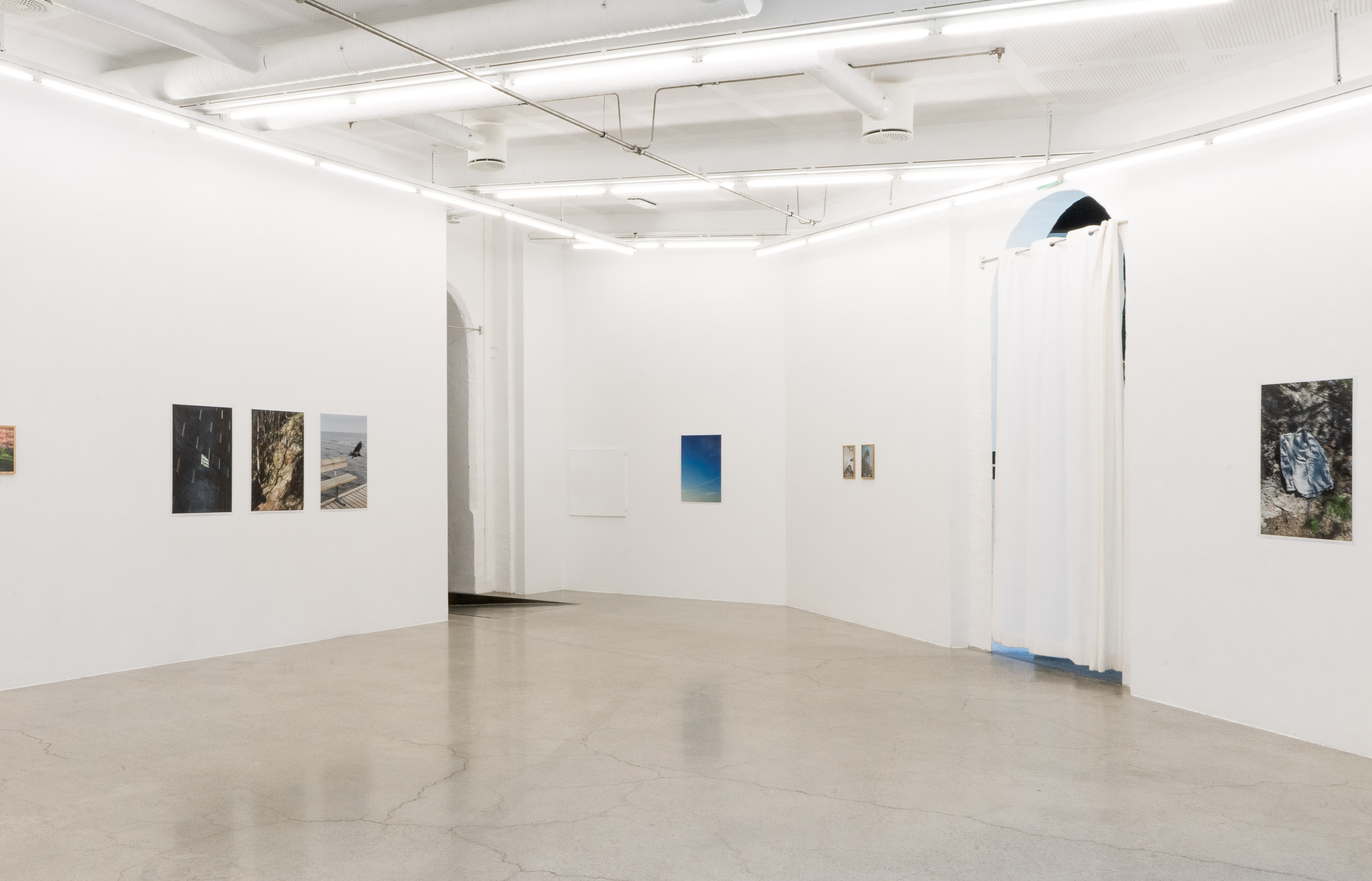
Installation view of ‘The Backseat Window’; (un)framed photograph (inkjet printing), photographic transparency, gelatin; dimension variable

Installation view of ‘The Backseat Window’

Installation view of ‘Fart’ (2017) & ‘Taipei’ (2014), framed photograph (inkjet printing); 30x40 (cm)

Close-up of ‘Mirror (Shanghai)’ (2017) & ‘Grünerløkka’ (2020), framed photograph (inkjet printing); 30x40 (cm)
(Photo documentation by Jacky Jaan-Yuan Kuo)
They linger for a few seconds, and then disappear.
I sit in the backseat, there is no conversation in the car. The scenery pours through the backseat window frame by frame. Driving past a landscape and seeing it pictorially is unlike driving into it and encountering it somatically, physically. To some extent, I almost forget the existence of the window right in front of my face. I decide to wind it down, to feel my face a little more outside. Roaring winds meet pictures, and pictures depart in the wind.
Everything seems more lucid, yet now I can hardly gaze at them. I barely remember them.
After arriving back home, I stared at my laptop screen, and clicked on a folder from my external hard disk; my eyes desiccated, enthusiasm petering out. The windows displayed thousands of photographs that I had taken. I recalled the locations, the movements, and the acts of capture from them. The realities are delayed and distorted through the gaze of digital lenses and electronic viewfinder(s). They peel off the screens, morphing from visible flat images into the imperception of machine codings. Together with memories, these so-called realities are transferred to a temporary repository, stored, browsed, and accessed back and forth. Very soon, they will reappear as another illuminated window, or another reality.
I can never get away from windows, seemingly. When I look back at fragments of memory, I realise that the moment I look for is merely its simulacrum on an illuminated screen, constantly (de)constructed and (dis)played by the machine code from my external hard drive. The Backseat Window, is a preface of my ongoing photographic project, explores pictorial fragments in which the digital coding pauses and the photographic materiality meet. I am curious about the notion, which I have often probed: whether memory, time, and life exist as a total disconnection, or, as synchronisation. As James Salter once wrote in his novel Light Years1:
‘There is no complete life. There are only fragments. We are born to have nothing, to have it pour through our hands.’
1 James Salter, 1975. Light Years. [e-book] New York: Vintage Books. Available through: Apple Books [Accessed 24 September 2020]. pp. 90-91.
Technical support:
Joaana Chia-Yu Lin;
Support:
Oslo National Academy of the Arts (Kunsthøgskolen i Oslo) & private collection
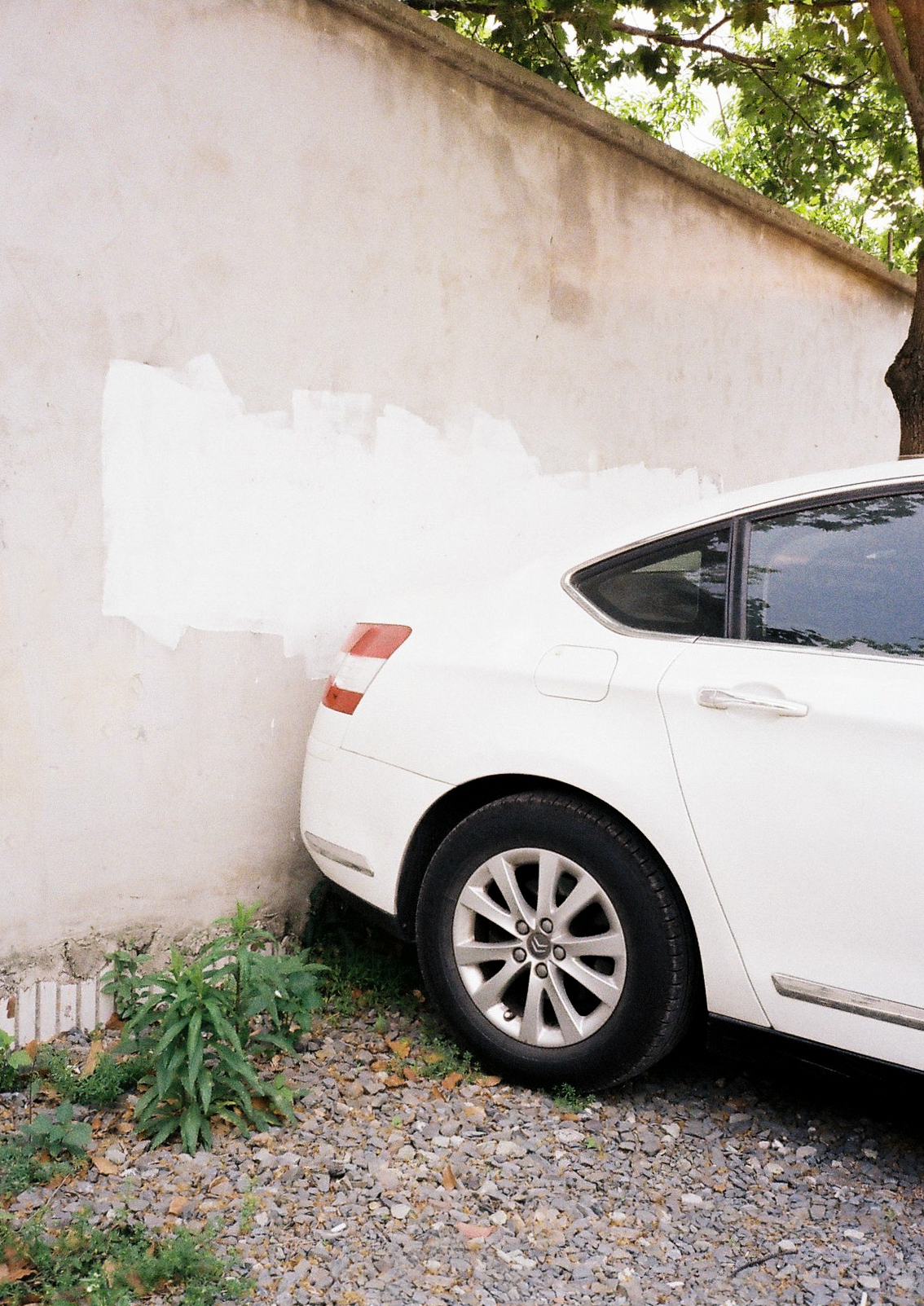
‘Fart’ (2017); analogue photography; dimension variable

‘Mirror (Shanghai)’ (2017); analogue photography; dimension variable
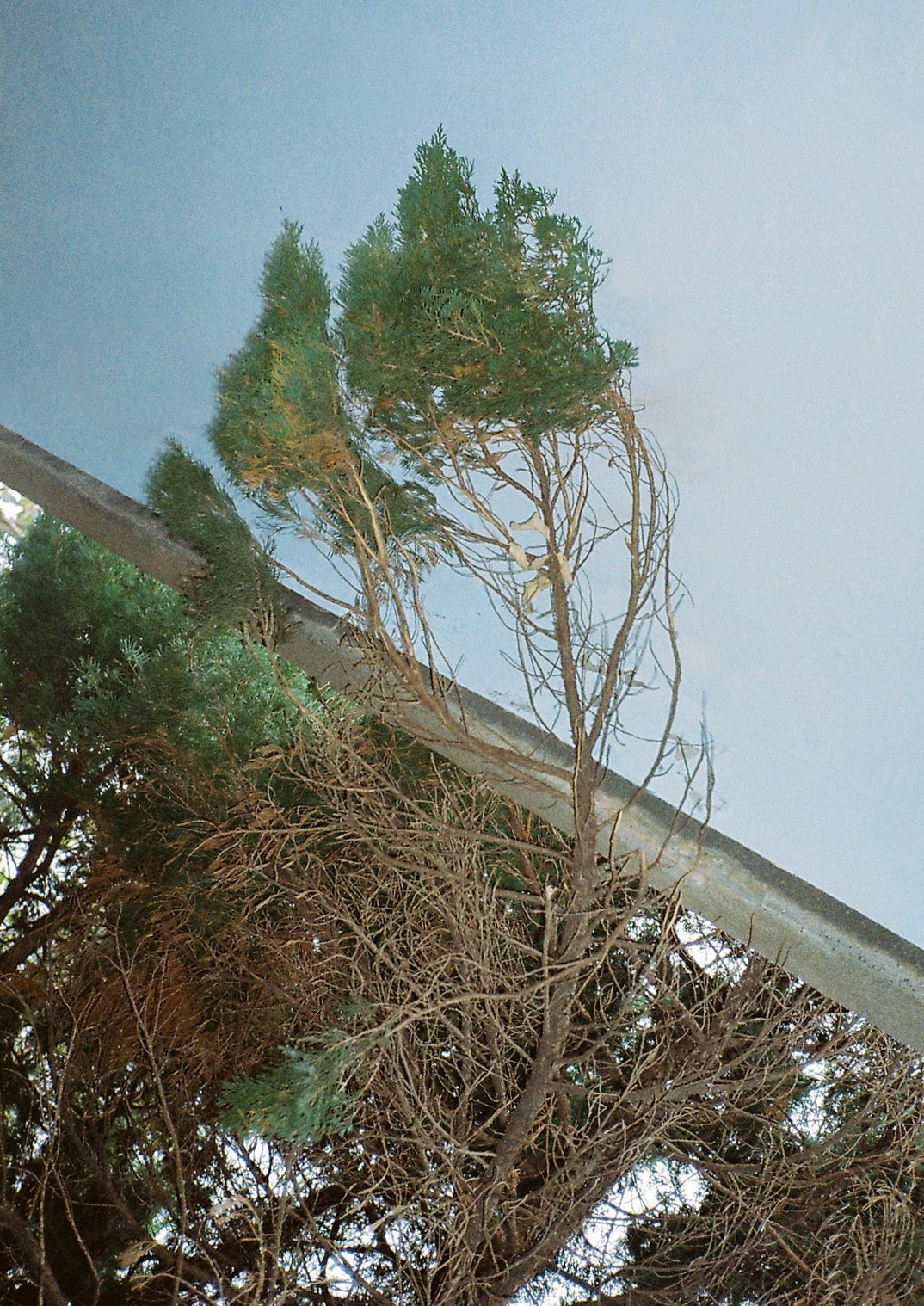
‘Taipei’ (2014); analogue photography; dimension variable
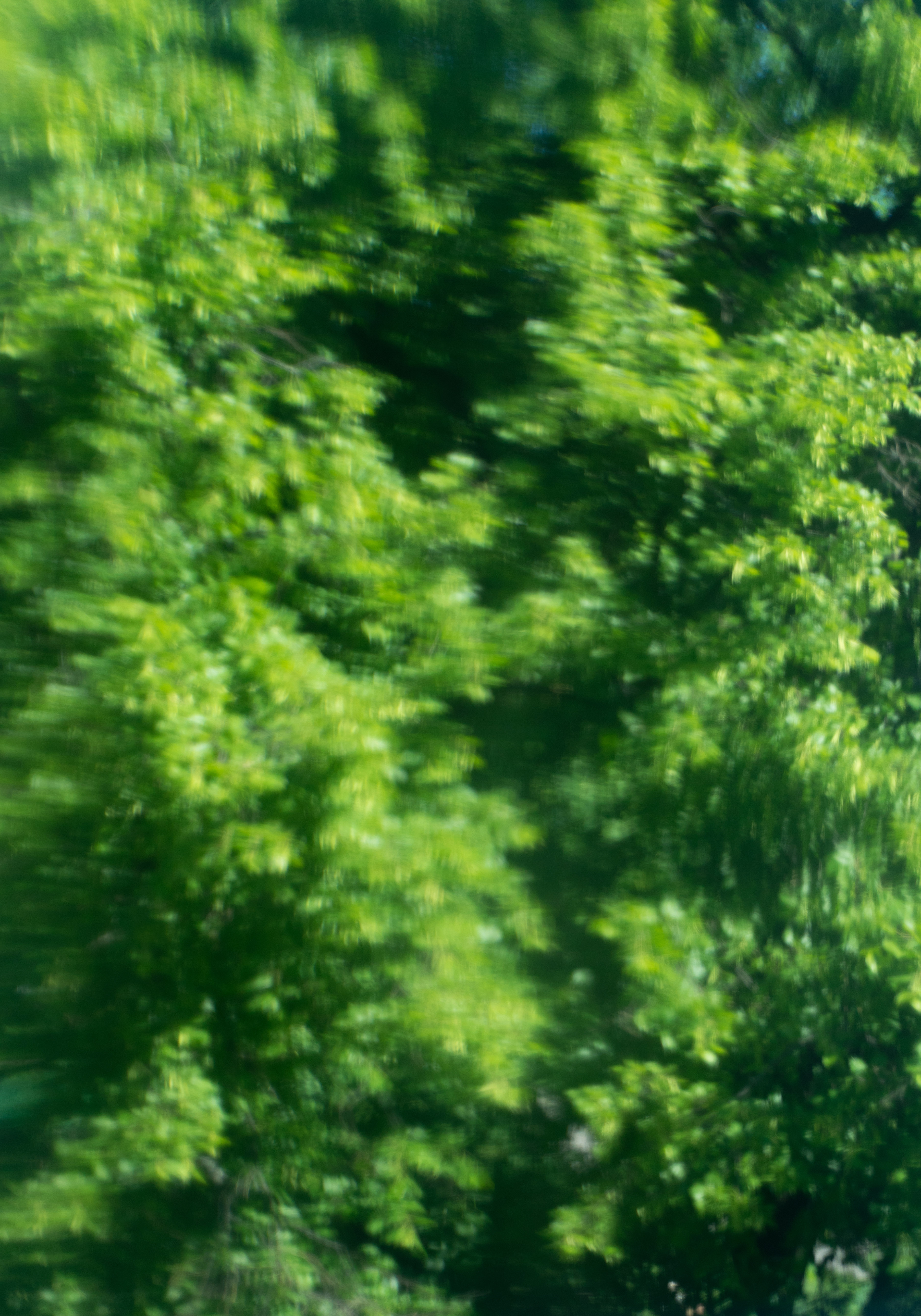
‘Window Studies’ (2020); digital photograph; dimension variable

‘As Another Kind of Jellyfish’ (2020); digital photograph; dimension variable

‘Verge’ (2020); digital photograph; dimension variable

‘A Sunny Day’ (2020); digital photograph; dimension variable

‘Bird Gaze’ (2019); digital photograph; dimension variable
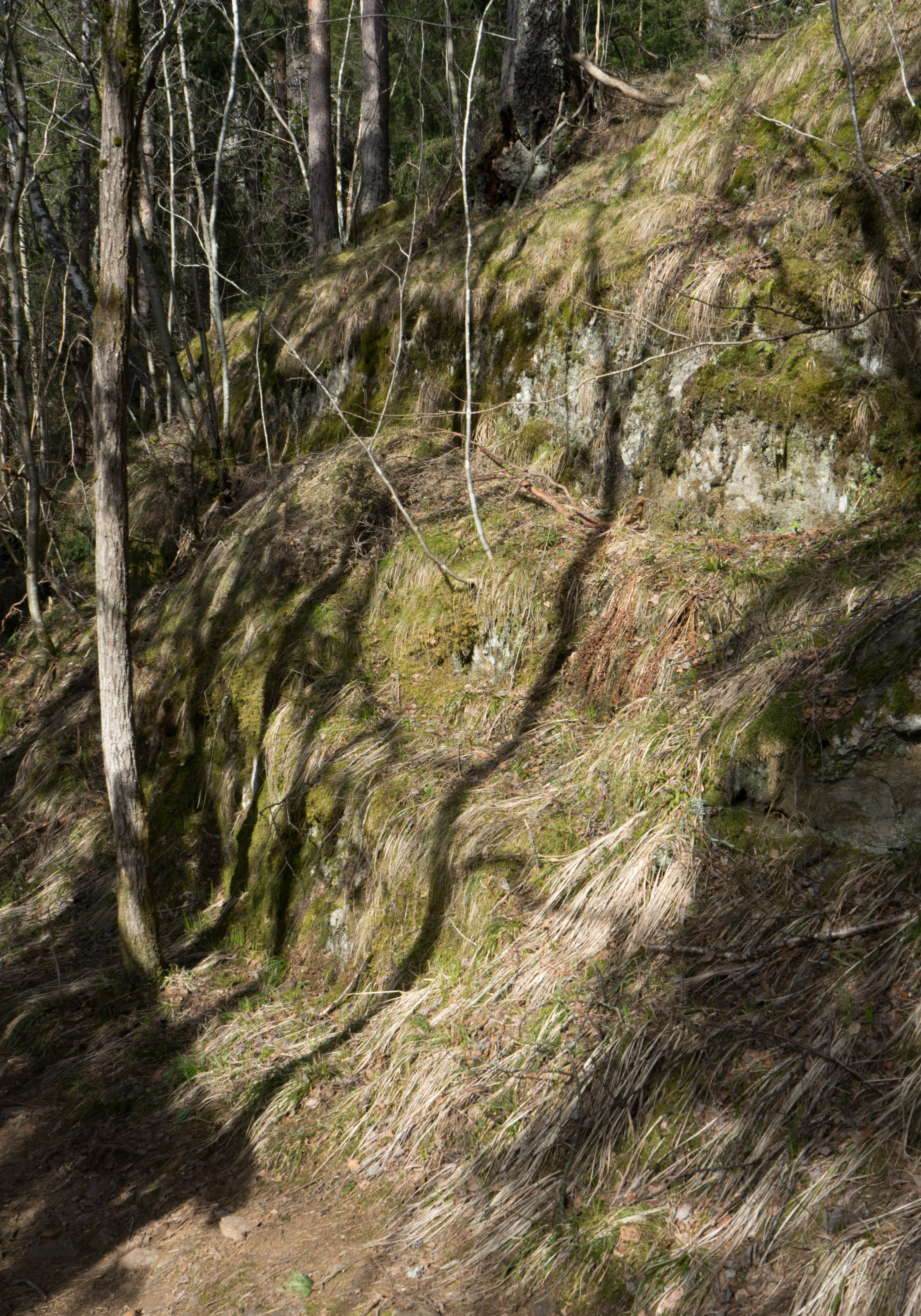
‘Soft’ (2019); digital photograph; dimension variable
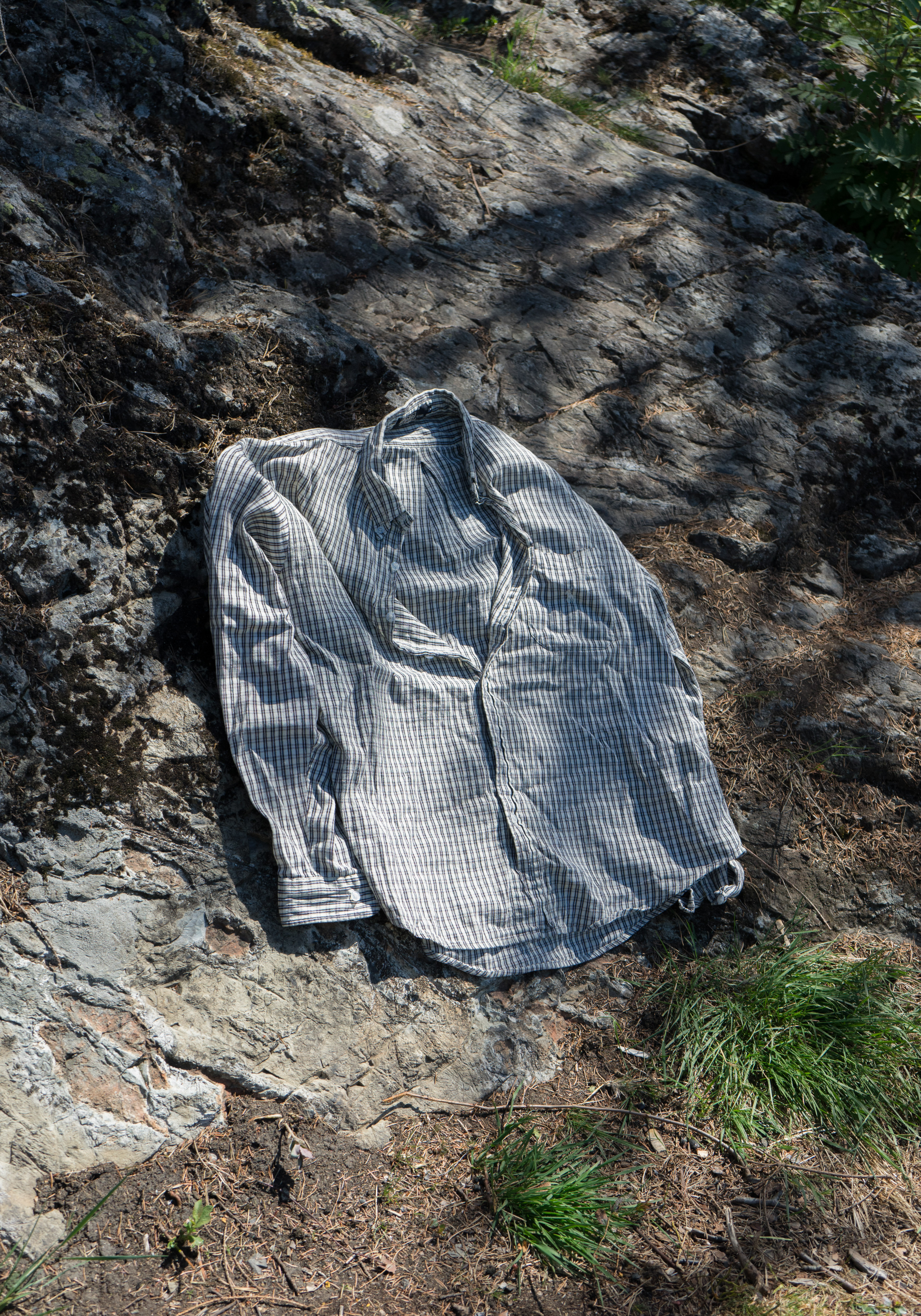
‘A Black Forest Lies Underneath’ (2020); digital photograph; dimension variable

‘Back To You’ (2019); digital photograph; dimension variable
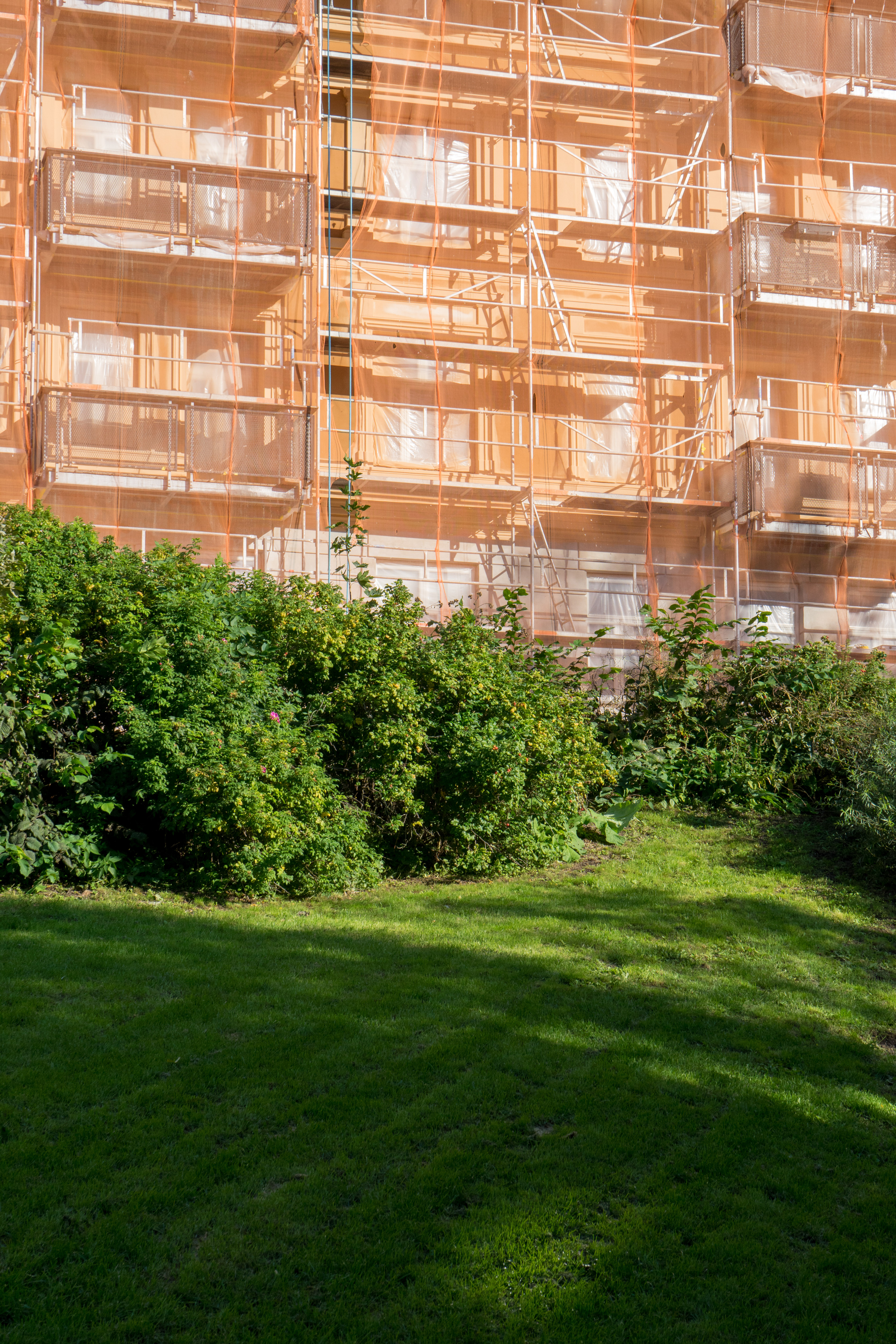
‘Grünerløkka’ (2020); digital photograph; dimension variable

‘A Lucid Dream’ (2020); digital photograph; dimension variable